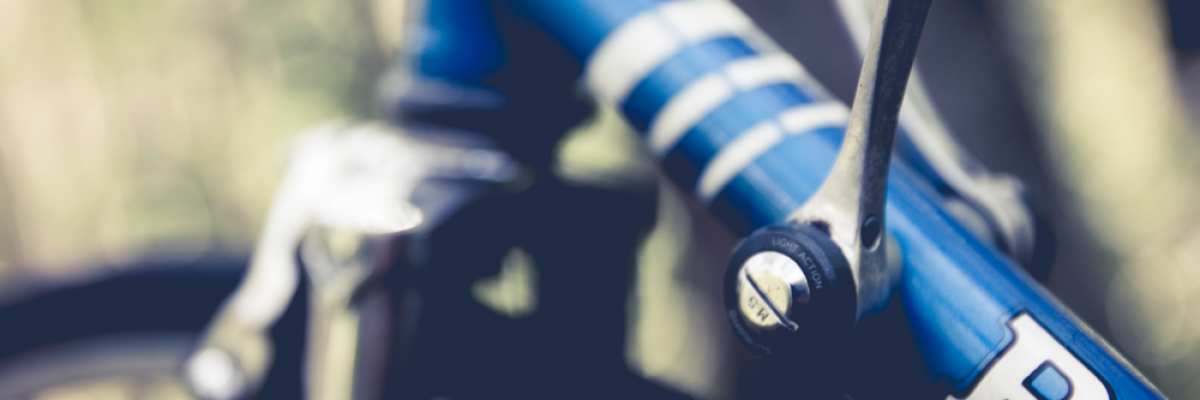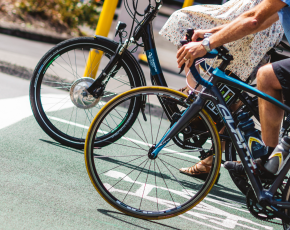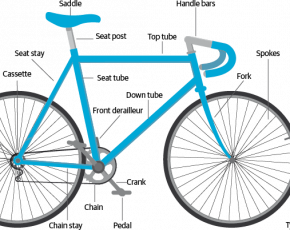Gears are great - but they take some getting used to. Learning how and when to shift gears will improve your ride so you’re not working harder than you need to. Try them out as you go - practice makes perfect.
Most bikes will have gears on the front where your pedals connect to the frame and at the back where your rear wheel connects to the frame. The gears on the front, usually controlled with your left hand, make major adjustments. The gears at the back, usually controlled with your right hand, make minor adjustments.
On the flat
The lower the gear you are in, the easier it is to pedal. When you are in a low gear you’ll go slower than when you’re in a high gear. You can use your gears to control how fast you are going and how much energy you want to exert. When on the flat you will usually stay within a small range of gears.
On the hills
Gears are particularly useful when going up and down hills. The lower the gear, the easier it will be to pedal when going uphill. The higher the gear the faster you will be able to go downhill. This is where practice counts. Your low gears will allow you to move at a balanced pace uphill, while a higher gear should provide enough resistance on a gentle downhill that your legs are moving at a manageable pace on the pedals. It's important to keep an eye on what's ahead and try to predict what gear you will need to be in.
Aim to maintain a constant pressure on your pedals. If your legs are spinning quickly and your bum feels like it's bouncing on the saddle - shift up gears. If you are really struggling to pedal - shift down gears.





